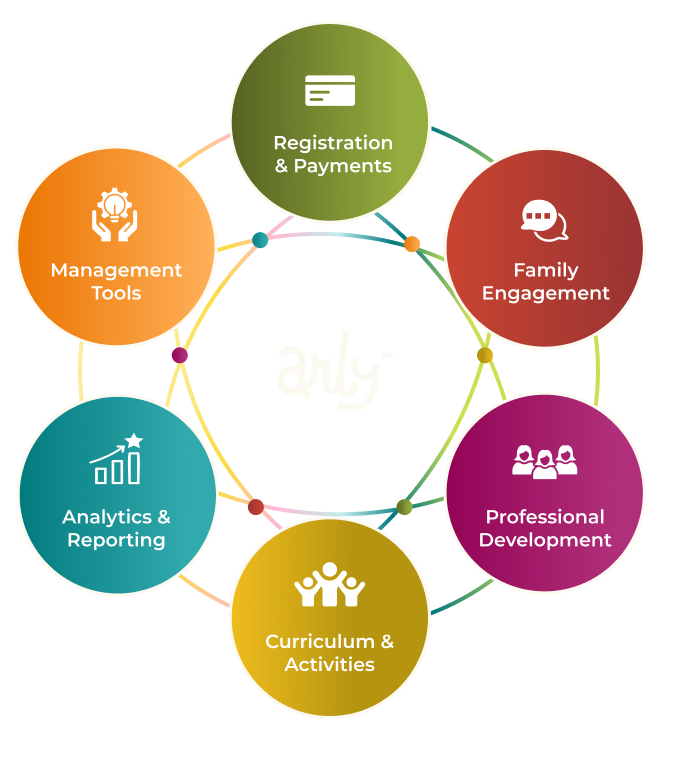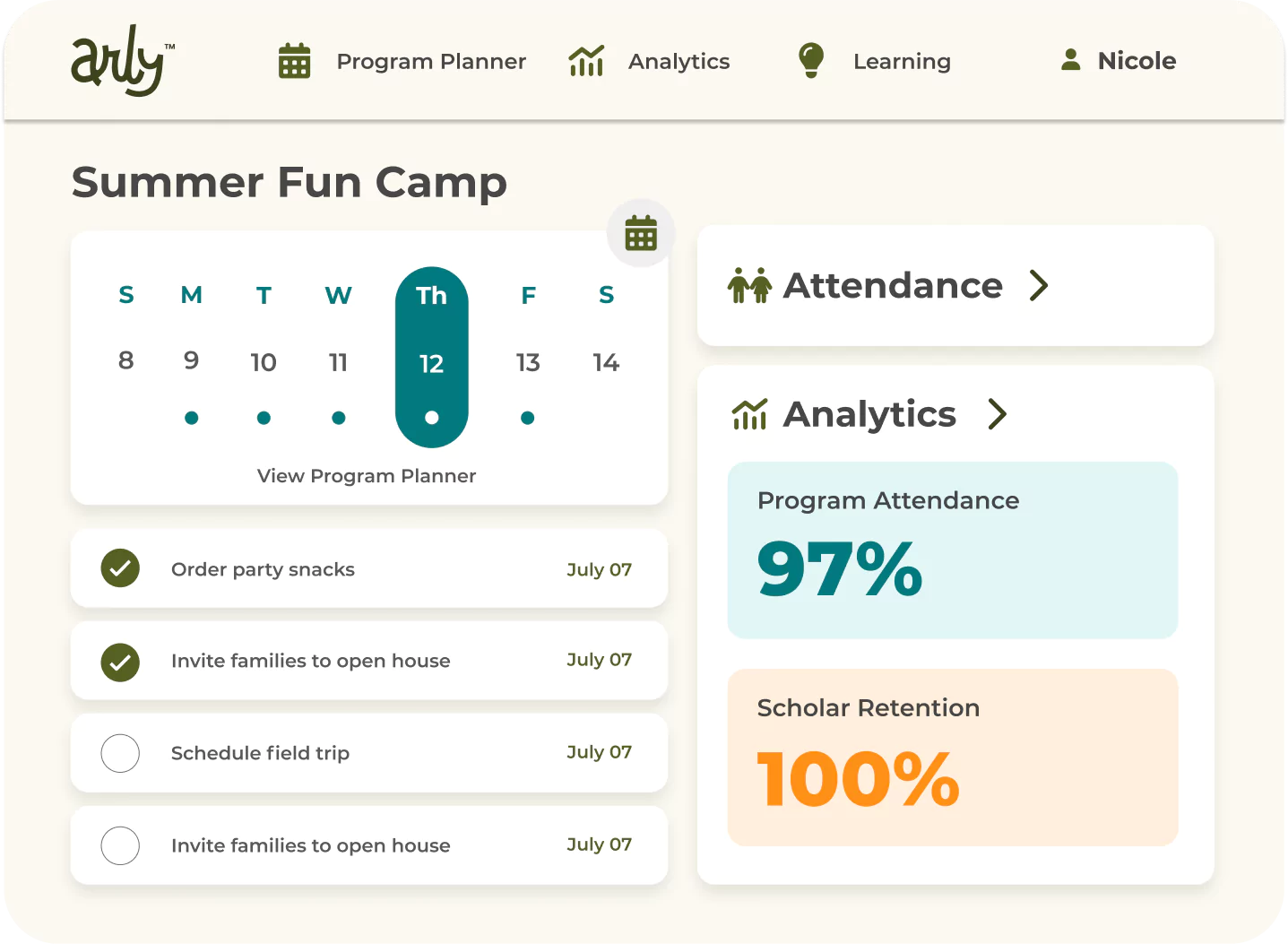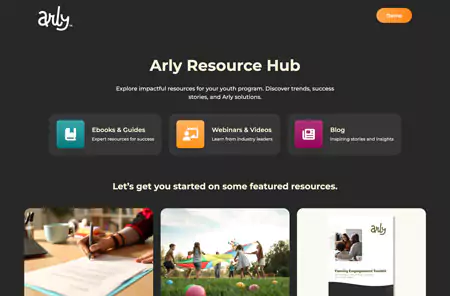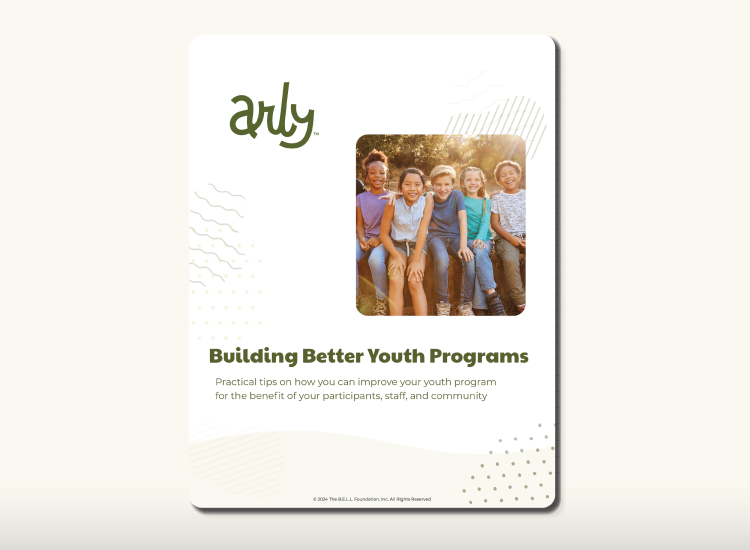Securing 21st Century Grants for Youth Activities and Programs
By Arly Communications on November 8, 2023
All kids can benefit from out-of-school time (OST) programs, but some communities have a particularly high level of need. If you’re passionate about providing a safe and supportive environment in which kids in high-need communities can learn and grow, then you may be able to fund your mission through the U.S. Department of Education.
In this post, we’ll explore 21st Century Community Learning Centers grants, provided by the government to help programs like yours make a difference in kids’ lives.
What is a 21st Century Learning grant?
21st Century Learning grants are non-repayable funds provided by the U.S. Government to eligible youth programs, for the establishment and ongoing funding of Nita M. Lowey 21st Century Community Learning Centers (21st CCLC). These OST programs provide enrichment opportunities primarily for students attending high-poverty and low-performing schools. This grant is the only sustained source of federal funding dedicated to OST programs, such as afterschool and summer learning programs.
How much funding is available?
Funding levels for the government’s fiscal year (which begins October 1) are set each year by Congress in an appropriations bill that is then signed into law by the president. Funding levels have generally increased each year, with $1.329 billion in funds being appropriated in 2022. Even so, the demand for youth program funding is high, making this a competitive source of funding. In fact, just one in three requests for 21st Century Learning grants are fulfilled.
How do you qualify for 21st Century Learning grants?
If you want to receive a 21st Century Learning grant, you need to make sure you’re eligible and then implement strategies to increase your chances of being awarded.
1. Make sure you’re an eligible entity.
Review the eligibility criteria set forth by the U.S. Department of Education or your state's education agency. Generally, eligible applicants include local educational agencies (LEAs), community-based organizations, nonprofits, schools, and other entities dedicated to education and youth programming.
2. Focus on serving communities with the highest need.
The 21st CCLC program is designed to prioritize students attending schools with high poverty rates. To qualify for grant funding, your program’s target population should primarily consist of school districts with a high percentage of low-income families. This is not only helpful for getting funded, but also important for addressing inequities in OST program access.
3. Strengthen your impact with the right partner.
Demonstrating partnerships and collaboration with local schools, community organizations, and other stakeholders can strengthen your application. The partnerships can enhance the overall quality and effectiveness of a program, so be sure to choose your partner(s) strategically and highlight this in your proposal.
4. Offer meaningful enrichment.
Your program should offer youth activities that provide academic enrichment and enhance life skills such as critical thinking and communication. The overall goal of your programming should be to complement the regular academic program and engage students in meaningful ways during non-school hours.
How do you apply for funding?
To apply for 21st CCLC funding, follow these three steps:
1. Write a detailed proposal.
When the grant application period opens, submit a comprehensive and well-prepared application that includes details about your organization and your proposed program structure, budget, and evaluation plan. In other words, let them know not only what you hope to achieve, but also how you intend to meet the program's goals and requirements. Make sure you have a plan for tracking relevant program metrics so you can demonstrate the impact and success of your program!
2. Polish your proposal.
Consider seeking feedback on your application from colleagues, mentors, or individuals familiar with successful grant applications. This can help you refine your proposal and make it more competitive. A well-written grant proposal can help you put your best foot forward and increase your chances of being awarded a 21st Century Learning grant.
3. Meet the application deadline.
Be aware of application submission deadlines and strictly adhere to them. Late submissions are typically not accepted, so start early. You can find the submission timeline here.
Fund your mission
21st Century Learning grants can make your program possible. Arly shares your passion for serving kids and families in your community, and that’s why we provide a full suite of tools and resources to help you plan and execute a quality youth program and measure your impact. Want to learn more about funding your mission? Check out our free resource, 8 Steps to Effective Fundraising!






%20(22).png)

%20(3).png)
%20(27).png)
%20(76).png)